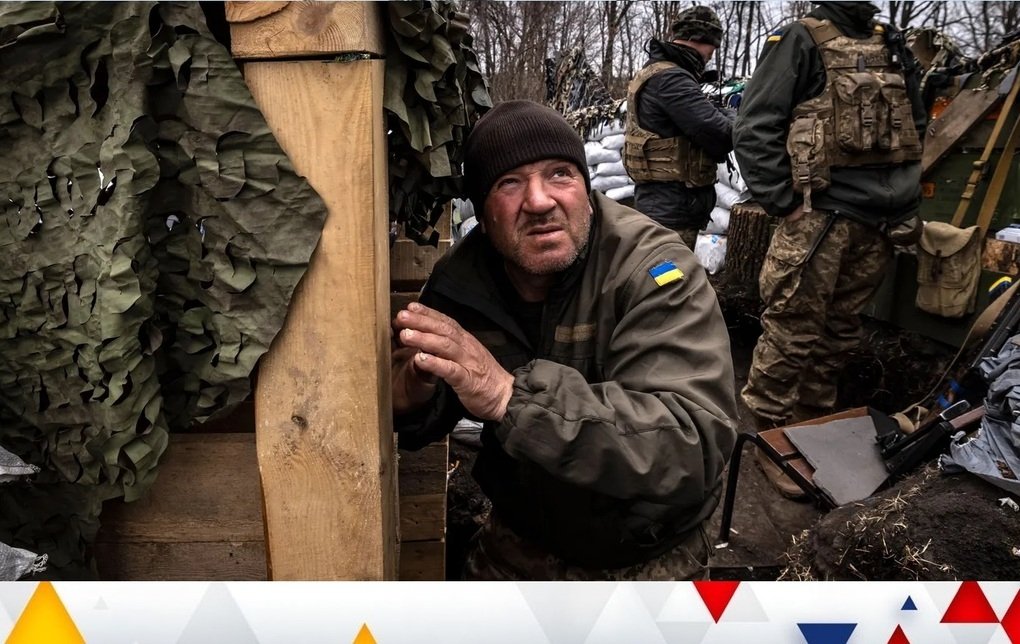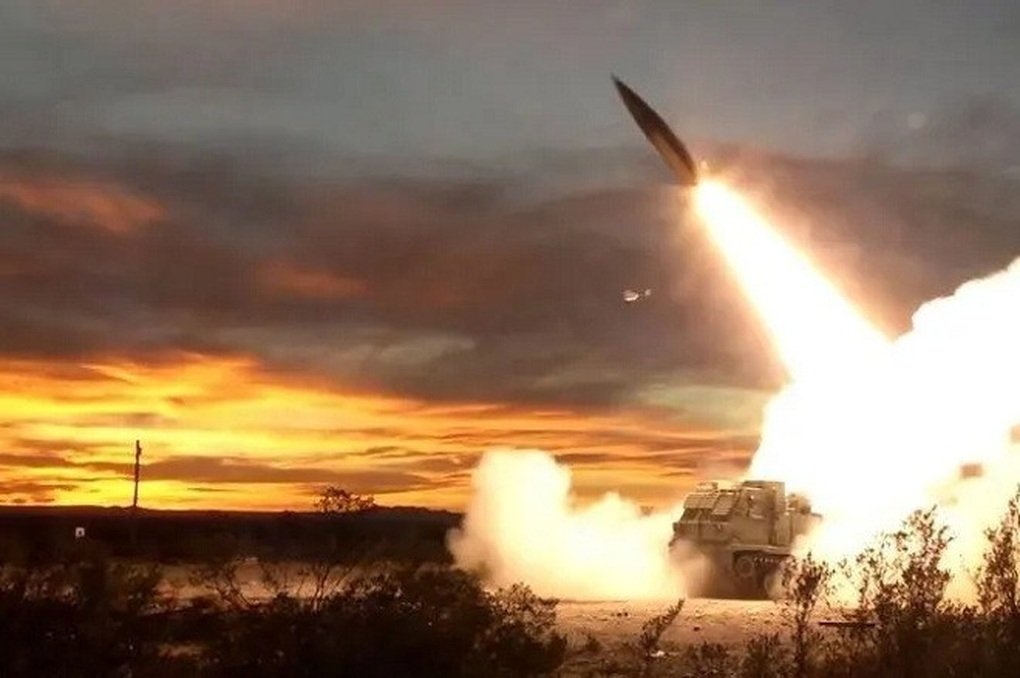Russia’s strategic goal when attacking Ukraine in the Kharkov region
(Dan Tri) – Russia’s attack along the Kharkiv border may have the strategic goal of attracting and holding back the Ukrainian army here, to create conditions for Moscow forces to advance into other areas in the east.
A Ukrainian soldier at the front near Kharkov (Illustration photo: AFP).
According to military analysts at the US-based Institute for the Study of War (ISW), Moscow forces began an offensive campaign along the Russia-Ukraine border in the northern Kharkov region on the morning of May 10 and reached
The Russian military may be conducting the first phase of an offensive operation in the northern Kharkiv region, with the limited operational goal but to achieve the strategic effect of forcing Kiev to move troops and equipment from the areas.
The Russian military has now launched two limited offensives in the region: one operation north of Kharkiv towards Liptsy and another northeastern Kharkov near Volchansk, Ukraine’s Defense Ministry said.
Russian armored assault groups of an unknown number attempted to penetrate enemy defenses near Volchansk early in the morning, and fighting in the area continued after Kiev forces repelled the attacks.
NASA Information on Resource Management (FIRMS) data from May 10 indicates the possibility of heavy fighting in and near the settlements of Strelechya, Krasnoye, Pylnaya and Borisovka.
Reuters reported that a senior Ukrainian military source said Russian troops had advanced at least 1km into the area near Volchansk.
Russian troops will likely use their tactical springboard in the northern Kharkiv region in the coming days to intensify offensive operations and conduct the initial offensive phase to push Ukrainian troops away from the border with Russia.
However, the limited efforts that Russian forces are using do not indicate that they are conducting a large-scale offensive campaign to surround and capture the city of Kharkov.

War map of Ukraine on May 10.
Notable comments in ISW’s May 10 report:
First, the Russian army launched an offensive campaign along the Russia-Ukraine border in the north of the Kharkiv region on the morning of May 10 and achieved significant tactical success.
Moscow forces may be conducting the first phase of an offensive operation north of Kharkiv with the limited operational objective but to achieve the strategic effect of moving Ukrainian troops and equipment from key areas
Second, Russian forces will likely use their tactical springboard in the northern Kharkiv region in the coming days to intensify offensive operations and conduct the first phase of the campaign to push back the troops.
Third, the limited efforts Russia is making do not mean that Moscow forces will immediately launch a large-scale offensive campaign to surround and capture Kharkov.
Fourth, Russia’s offensive operations along the border may have the strategic goal of engaging and locking down Ukrainian forces along that axis to facilitate Russian advances into other areas of eastern Ukraine.
Fifth, Moscow forces may have decided to conduct offensive operations along the border to make the most of the relatively short time remaining before Western aid reaches all of Ukraine’s front lines.
Friday, Commander of the Ukrainian Army, Lieutenant General Alexander Pavlyuk, said that the conflict in Ukraine will enter a critical phase in the next two months, and confirmed the recent progress of Russian troops around Chasov Yar
Saturday, US President Joe Biden on May 10 approved the allocation of military assistance to Ukraine in the amount of up to 400 million USD.
On the night of May 9 and 10, the Ukrainian army carried out a UAV attack on an oil refinery in the Kaluga region, where the Ukrainian army had previously attacked in March.
Ninth, recently, the Russian army has made some progress near Donetsk and on the administrative border of the Donetsk and Zaporizhia regions.














Post Comment